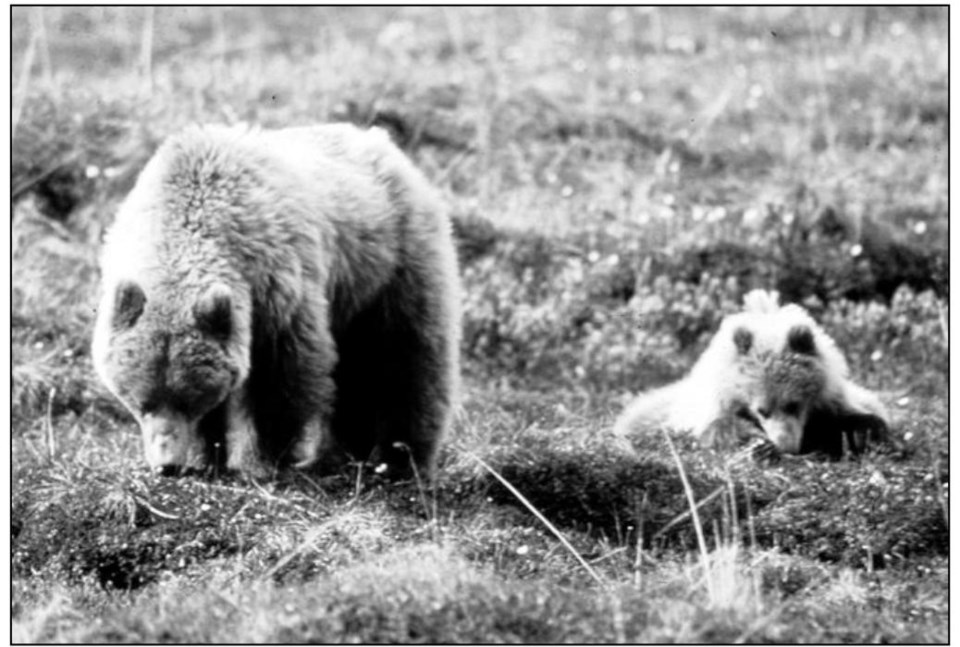For a moment, I want you to put aside your feelings around trophy hunting of bears. (That is, killing bears for recreation, not for food.)
Instead, I want you to think about the business case.
In 2012, is a bear worth more living or shot dead?
Eco-adventure tourism is one of the fastest-growing sectors of the world's travel economy. The B.C. government has identified it as a pillar of the province's tourism strategy. In 2010, the estimated the world adventure travel market was $89 billion, with 10 per cent growth per year.
Demographic trends and a growing eco-savvyness of travellers mean that environmentally sustainable and ethical adventure travel are increasingly the option people seek.
In B.C., we have one of the world's last places to observe wild bears in their natural habitat. Bear-viewing provides a unique offering for B.C., helping establish its position in the increasingly competitive adventure-travel market, and allowing a made-in-B.C. industry to prosper.
What does bear-viewing tourism involve? Expert operators guide guests into wilderness areas - such as interior mountains or verdant meadows in the Great Bear Rainforest's fjords.
Here, for small groups of people at a time, we enjoy amazing sightings of grizzly, black and spirit bears exhibiting their natural behaviour: fishing for salmon, training cubs to swim, etc.
This is a high-value industry. This industry is green. It is low-impact. It thrives in conservation zones. In fact, it is a poster child for the "conservation economy." It is sustainable, based not on a boom-and-bust model but one of steady, long-term use.
In 2003, Integral Eco-
nomics compared the economic impact of the bear viewing industry in B.C. with that of the industry that offers a commercial hunt of grizzly bears for trophies.
Back then, many bearviewing businesses were just getting started. Yet, researchers found that for ecotourism operations involving grizzly-viewing, total revenues directly attributable to the presence of grizzlies were about $6.1 million annually.
Guide-outfitting operations, in comparison, generated only about $3.3 million from grizzly-hunting activities.
B.C.'s nature-based tourism industry grew 32 per cent from 2001 to 2005 - annual growth of eight per cent. While statistics are not available for the bear-viewing segment of this industry, it is our observation that bear-viewing has mushroomed in the past decade. Anecdotes suggest there is more demand than capacity.
Contrast this with the steady decline in interest in hunting in North America, and declining support for killing bears for sport. When was the last time you met anybody that was planning a trophy-hunting holiday? What about someone buying a new camera for a trip that included wild life viewing?
Why not keep the hunt and bear-viewing?
First, where bears are shot, bear-viewing is bad, because the bears hide. No bear-viewing business can prosper there, because - like all businesses - tourism needs a degree of certainty to survive.
In contrast, when Raincoast Conservation Foundation bought a guide-outfitter territory, and the government enacted a couple of "management" areas, thereby ended the killing of grizzlies in those areas, we saw a resurgence in visible grizzly bears. Suddenly, many businesses could plan for bear-viewing there.
Second, killing bears exterminates the resource. So we can't view it. But if we view it one day, we or others can come back the next day, the next week and the next decade to view it again.
Third, there are safety issues. Imagine a group of bear-viewing guests arriving in an estuary the day after a hunter shot and missed or injured a bear.
Fourth, it's actually better economically to promote the bear-viewing, not bearkilling, industry.
The 2003 Integral study predicted that if trophy hunting of grizzly bears were stopped and bearviewing opportunities therefore increased, an annual growth rate of bearviewing of about nine per cent would completely offset the loss of economic activity in B.C. due to the end of the trophy hunt in five years.
That is eminently achievable, and, although statistics are not yet available, this growth rate likely has already been achieved.
These are powerful reasons to end the trophy hunt. These bears are wanted - alive.
Kevin J. Smith is a certified bear-viewing guide and president of Maple Leaf Adventures in Victoria.



